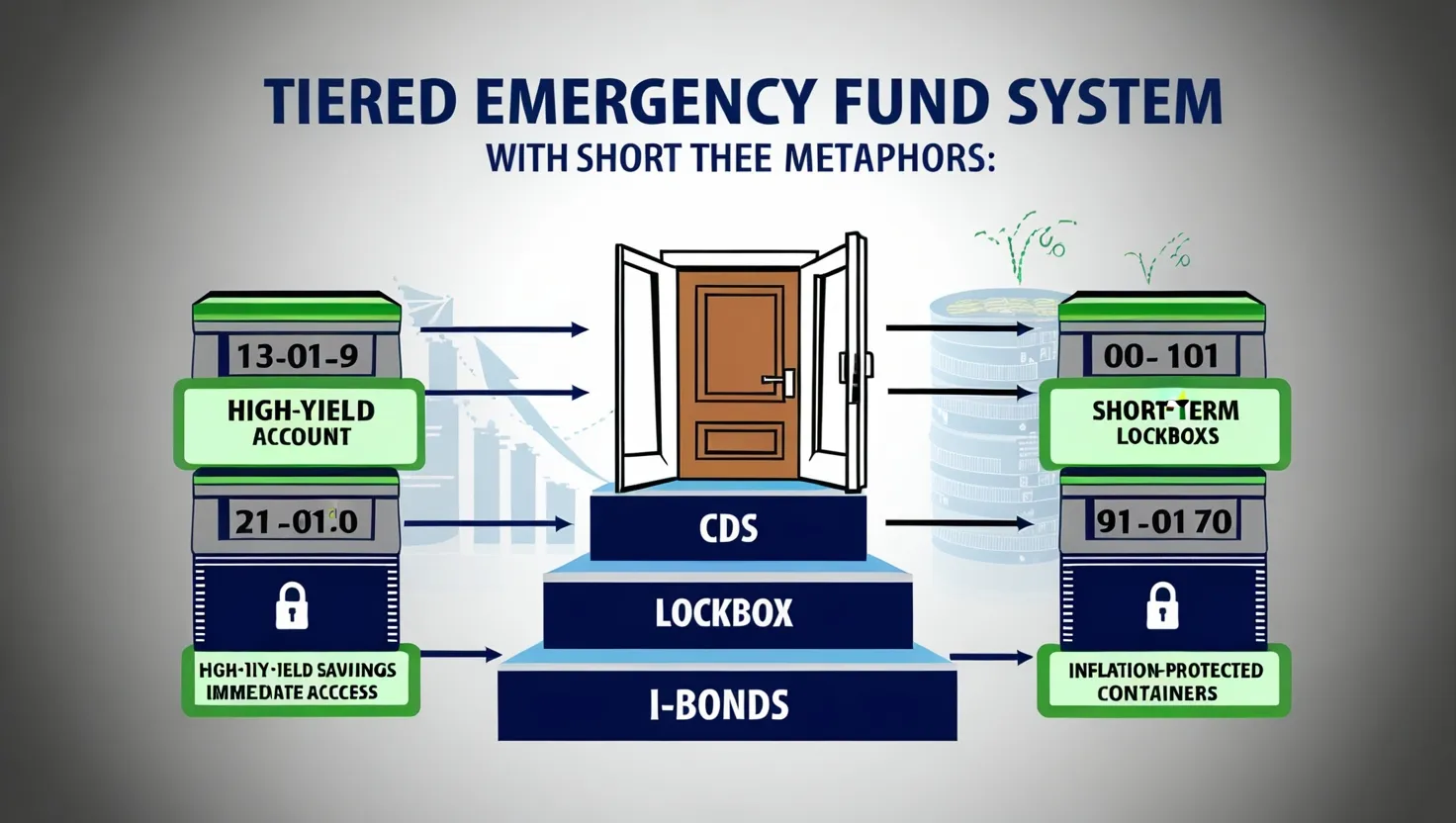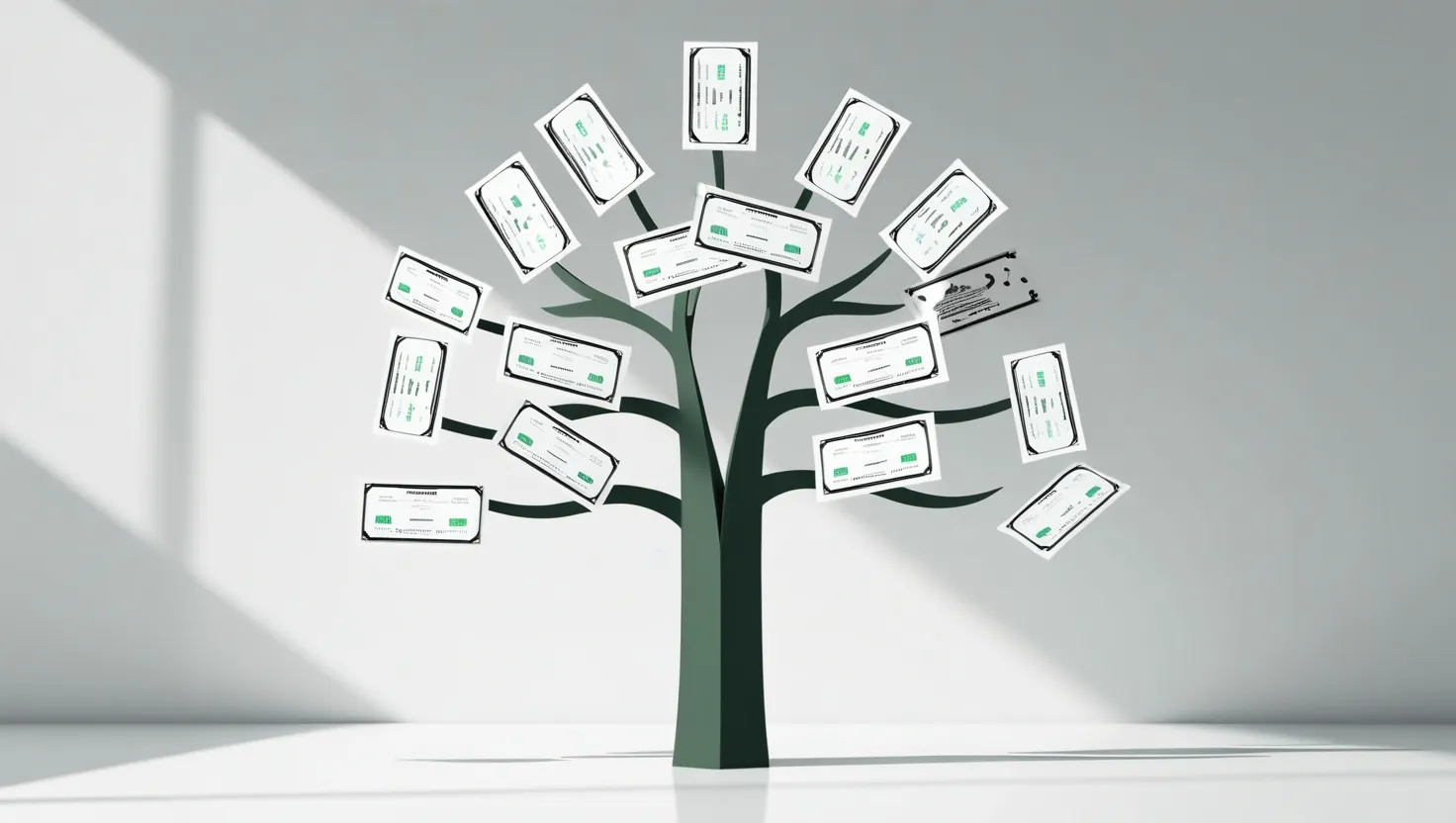Side Hustles: Navigating the Financial Minefield
Let’s face it - the idea of starting a side hustle is pretty darn exciting. Who wouldn’t want to earn some extra cash, pursue a passion, or maybe even build their own business empire? But hold your horses, my friend. Before you dive headfirst into the world of side hustles, there are some serious financial pitfalls you need to watch out for.
First things first, let’s talk about the reality of starting a side hustle. Sure, it sounds great in theory, but the truth is, it often requires a hefty upfront investment. And I’m not just talking about money - your time is valuable too. Whether you’re starting a freelance writing gig or selling handmade crafts on Etsy, you’ll need to put in some serious hours before you start seeing any returns.
Now, here’s where things can get a bit tricky. You’re probably already working a full-time job, right? So, when are you supposed to find time for your side hustle? This is where burnout becomes a real concern. Trust me, I’ve been there. You start burning the candle at both ends, skipping meals, and sacrificing sleep. Before you know it, you’re exhausted, stressed, and making costly mistakes. Not exactly the recipe for success you were hoping for, huh?
One of the biggest mistakes I see newbie side hustlers make is undervaluing their work. I get it - you want to attract clients, so you think offering rock-bottom prices is the way to go. But let me tell you, that’s a one-way ticket to Burnoutville. You’ll end up working twice as hard for half the pay. Do yourself a favor and research what professionals in your field are charging. Then, set your rates accordingly. Remember, you’re worth it!
Now, let’s talk about something that might make your eyes glaze over, but trust me, it’s important: separating your personal and business finances. I know it might seem like a hassle, but mixing your personal and business money is a recipe for disaster. Not only will it give you a massive headache come tax time, but it could also put you at risk of an IRS audit. And let me tell you, that’s not a party invitation you want to accept.
Speaking of taxes, this is where a lot of side hustlers really drop the ball. Listen up, because this is important: you need to set aside money for taxes. I’m talking about 20-25% of your net income after expenses. I know it sounds like a lot, but trust me, it’s better than getting hit with a surprise tax bill and penalties that’ll make your eyes water.
And while we’re on the subject of taxes, let’s chat about expenses. It’s tempting to try and deduct everything under the sun, but be careful. The IRS isn’t known for their sense of humor when it comes to bogus deductions. Only claim legitimate business expenses. For example, if you’re using your car for business, you can deduct mileage or fuel costs for those trips, but not your daily commute to your regular job.
Now, let’s circle back to burnout for a second. It’s a real problem, folks. You can’t expect to work a full-time job and then dedicate every waking hour to your side hustle. That’s a one-way ticket to Stressville, population: you. Set realistic schedules and boundaries. Maybe dedicate 2-3 hours in the evening to your side hustle instead of trying to cram in 6 hours after your day job. Remember, you’re human, not a robot.
Another pitfall I see a lot is lack of focus. With so many side hustle ideas out there, it’s easy to get distracted and try to do everything at once. But trust me, that’s a surefire way to fail at everything. Pick one side hustle that really lights your fire and focus on making it successful. Quality over quantity, my friends.
Now, here’s something that often gets overlooked: opportunity costs. When you’re pouring time and energy into your side hustle, you’re not spending that time on other things. Maybe you’re missing out on family time, neglecting your hobbies, or even missing opportunities to advance in your main career. It’s important to weigh these costs and make sure your side hustle is really worth it.
Lastly, let’s talk about financial goals. Without a clear plan, it’s easy to fritter away your side hustle earnings on random stuff. Maybe you want to pay off debt, save for a big purchase, or build an emergency fund. Whatever it is, having clear goals will help you make the most of your extra income.
So, there you have it - the good, the bad, and the ugly of side hustles. Don’t get me wrong, they can be a great way to earn extra money and pursue your passions. But they’re not without their pitfalls. By being aware of these challenges and taking steps to protect yourself, you can turn your side hustle dreams into a financial reality.
Remember, it’s not just about making money. It’s about finding a balance that works for you and achieving your long-term financial goals. So go ahead, start that side hustle - but do it smart. Set realistic prices, keep your finances separate, understand your tax obligations, avoid burnout, stay focused, consider the opportunity costs, and keep your eyes on your financial goals.
And hey, if you ever feel overwhelmed, take a step back and reassess. There’s no shame in realizing a particular side hustle isn’t working for you. The beauty of side hustles is that there are endless possibilities out there. So if one doesn’t work out, dust yourself off and try something new. Who knows? Your perfect side hustle might be just around the corner.
At the end of the day, your financial health and personal well-being should always come first. A successful side hustle should enhance your life, not complicate it. So go forth, hustle smart, and may your bank account grow as big as your dreams. You’ve got this!






